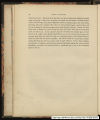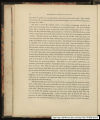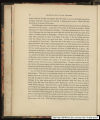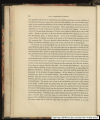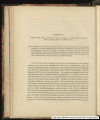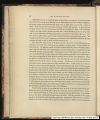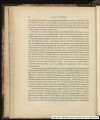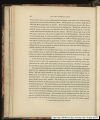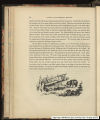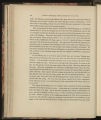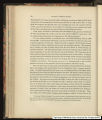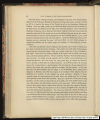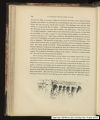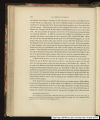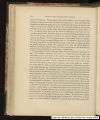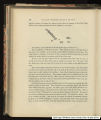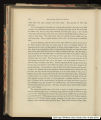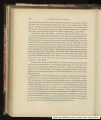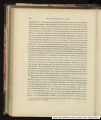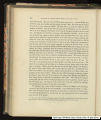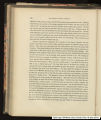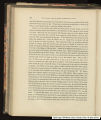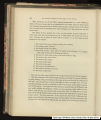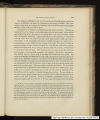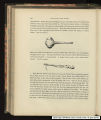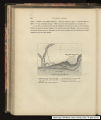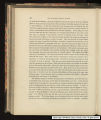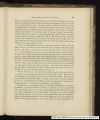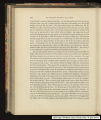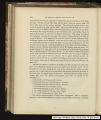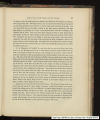| OCR Text |
Show 128 PAPILION CREEK-BELLE VUE----DOUGHERTY'S AGENCY. consequence of the heavy rains. In half an hour we came to the first mouth of the river, which is divided from the second by a low island, with gently rounded verdant hills in the back ground. The second mouth is the largest. There were large piles of drift wood on the sand bank, next the island. The river, which was much swollen, brought down wood and foam, and its waters, though, at present, not quite clear, yet still of a bluish tint, were plainly distinguished as they ran in a semicircular bend, from the yellowish, dirty water of the Missouri. After passing the sand bank at its mouth, we reached, in twenty minutes, Papilion Creek, and saw before us the green-wooded chain of hills with the buildings of Belle Vue, the agency of Major Dougherty. There were many sand banks in the river, on which there were numbers of wild geese, and some quite white birds, with black quill feathers-perhaps cranes or pelicans. At two in the afternoon we reached M. Fontenelle's dwelling, consisting of some buildings, with fine plantations of maize, and verdant wooded hills behind it. A part of the plantations belongs to the government. The prairie extends beyond the hills. The land is extremely fertile; even when negligently cultivated, it yields 100 bushels of maize per acre, but is said to produce much more when proper care is bestowed on it. The cattle thrive very well, and the cows give much milk, but some salt must now and then be given them. M. Fontenelle expected to possess, in a few years, 5,000 swine, if the Indians did not steal too many of them. The government of the United States bought of the Indians a great tract of land to the east of the Missouri, extending to Big Sioux River, but have hitherto left them in possession of this land.* Belle Vue, Mr. Dougherty's post, is agreeably situated. The direction of the river is north-west. Below, on the bank, there are some huts, and on the top the buildings of the agents,where a sub-agent, Major Beauchamp, a blacksmith, and some servants of the company, all lived with their families, who attend to the plantations and affairs of the company. These men were mostly married to women of the tribes of the Otos and Omahas; all, on our landing, immediately came on board. Their dress was of red or blue cloth, with a white border, and cut in the Indian fashion. Their faces were broad and coarse, their heads large and round, their breasts pendent, their teeth beautiful and white, their hands and feet small and delicate. Their children had dark brown hair, and agreeeble features. Belle Vue was formerly a trading post of the Missouri Fur Company, on the dissolution of which it was bought by M. Fontenelle, who parted with it to the government, and was appointed to the agency of the Otos, Omahas, Pawnees, and Joways. M. Fontenelle settled, as I have said, 600 or 800 paces further down the river. Here the Yellow Stone lay to, and we inspected the buildings of the agency, from which there is a very fine view of the river, especially from the summit of the hill, where the cemetery is situated. The rock here is limestone, with a great number of shells, of which, however, I could see only bivalves; but our time was too short to decide on this point. * In the Appendix there is an account of this purchase. |

























